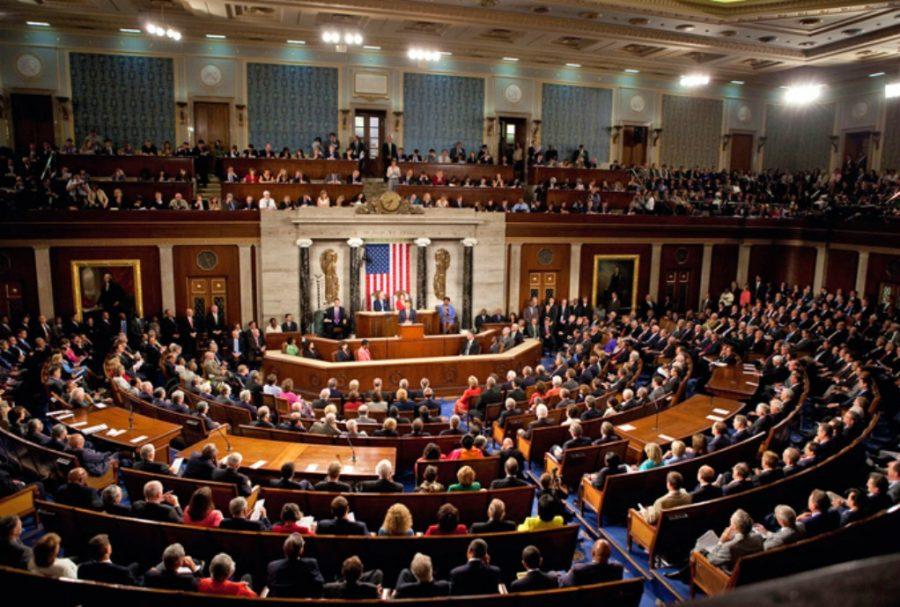Senate Elections
photo courtesy of the National Constitution Center
Senate Capitol
October 17, 2016
The notoriety of the recent presidential election has dominated media coverage for months. But amidst the antics of Trump and Clinton, another equally–or perhaps more–important election is imminent: that of the US Senate. Senatorial power should not be understated and much of the gridlock experienced by the Obama administration has come as a result of Senate blocks. Indeed, the Constitution enumerates a number of unique powers to the Senate regarding checks on executive decisions such as the ratification of treaties and the confirmation of appointments. Hence, in light of the current presidential campaign, it’s important to know that Senate elections will also hold great sway. This is true of 2016’s election especially, as the Senate is likely to change hands to the Democrats.
This November, a number of colliding forces give Democrats a substantial advantage in Senate races. Firstly, Democrats are ahead because of voter turnout. It’s well known that Presidential Election year turnout dwarfs that of midterms, and this is very favorable to Democrats. If everyone voted, Democrats would likely outnumber Republicans, and traditionally non-voting electorates (women and minorities) tend to be Democratic and are much more prone to voting in general elections than midterms. Furthermore, Donald’s Trump recent polling indicates a national shift toward Hillary Clinton, and a turn away from the GOP will likely have implications for other offices on the ballot as well.
While increased turnout helps Democrats, many red states are simply too conservative for a feasible Senate victory. Luckily for Liberals, this cycle has them fighting on home turf. 24 seats are up for grabs this fall, ten of which Democrats have to defend, 14 defended by the GOP. Here stands a clear quantitative advantage, and in addition to that, the states in question are overwhelmingly Democratic. All ten currently blue states were carried by Obama in ‘08 and ‘12, and seven Republican-defended states voted Democratic in the presidential election in those years as well. What this means is that there are many Republican Senators, swept into office during low-turnout midterms, who are in Democratic states and are bound to lose their seats come November.
With this in mind, it’s important to realize that the GOP is only ahead five seats. Meaning, Democrats only need to flip five seats at the most, something that the electoral math more than accommodates for. Moreover, in the event of a Clinton presidency, only four seats would be needed, since Tim Caine would serve as a Senate tiebreaker.
Whichever presidential candidate is elected next month, the Senate will likely be instrumental to their administration. And since the math favors Democrats, it’s interesting to see what this may look like. Be it a Clinton presidency, liberal reforms will come at ease for at least two years, with no fear of Senate blocks or Congressional Override. Conversely, be it Trump, gridlock will be practically inevitable and it’s unlikely that his initial Supreme Court nominee would succeed.



Julie McMahon • Oct 22, 2016 at 10:28 pm
Well done, Tanner!